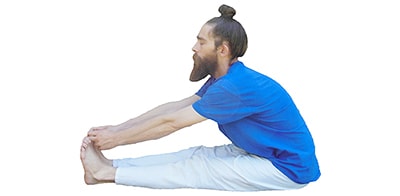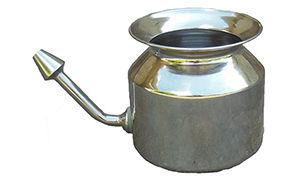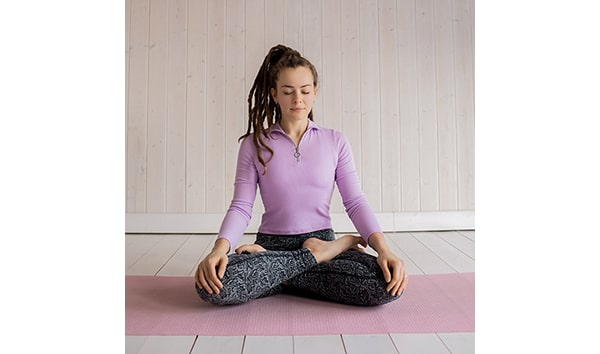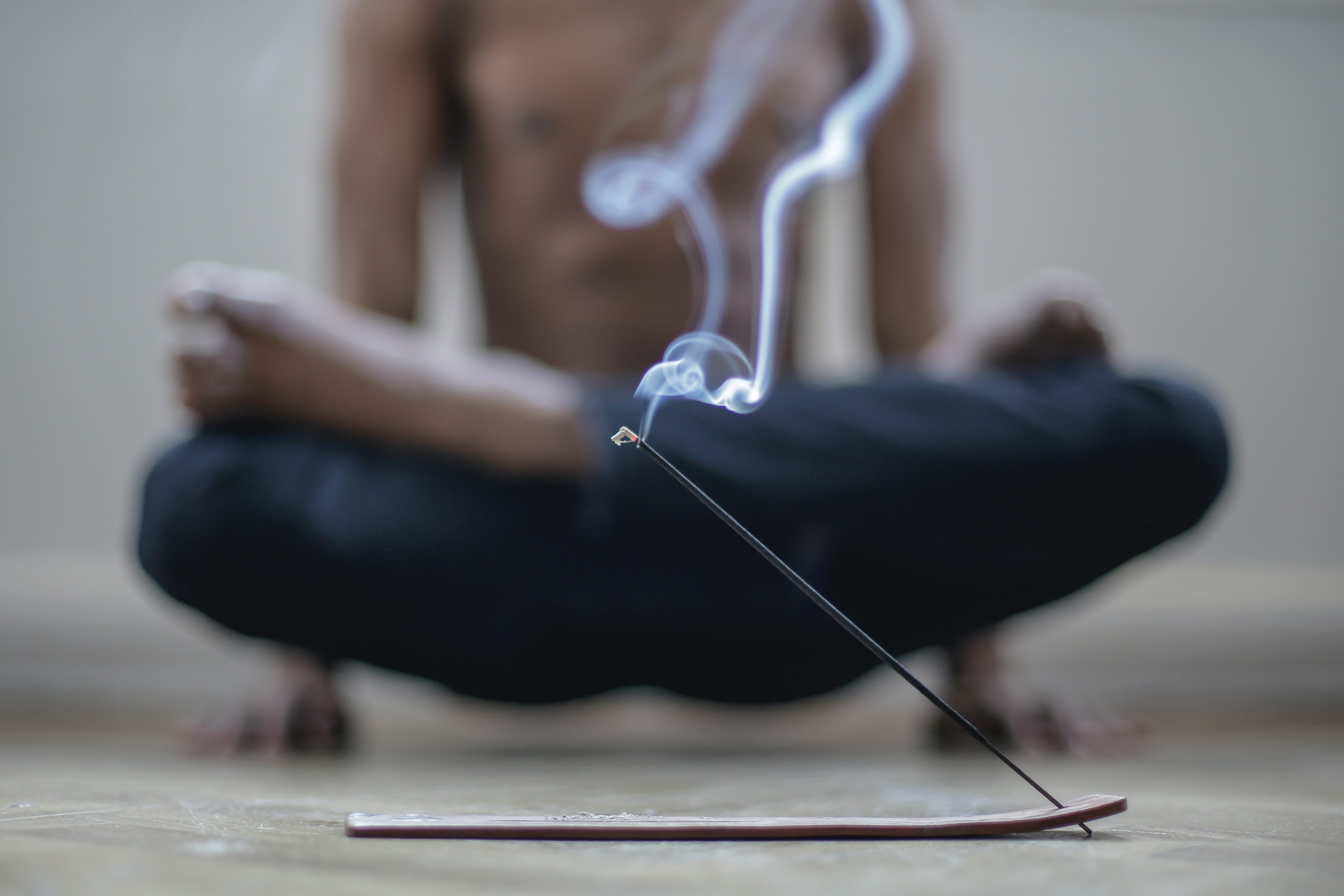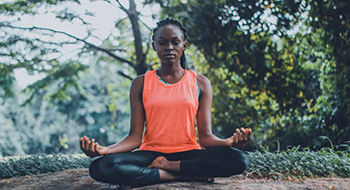In Sanskrit, Tadagi means "water pot" and Mudra means "gesture." Tadagi is derived from another Sanskrit word, Tadaga meaning "lake" or "pond." This practice is a Kaya Mudra meaning "postural gesture" practice and is described in the Hatha Yoga Pradipika, Gheranda Samhita as well as the Shiva Samhita.
This practice is the first Mudra described in the Gheranda Samhita where it is said to destroy old age and death.
This Mudra is similar to the practice of Uddiyana Bandha because with both practices the abdomen is brought inwards towards the spine creating a concave curve to the abdomen which is where the practice gets it's name.
